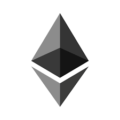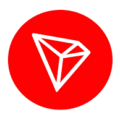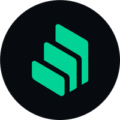AltLayer is an open and decentralized protocol for rollups. AltLayer brings together a novel idea of Restaked Rollups which takes rollups (spun from any rollup stack such as OP Stack, Arbitrum Orbit, Polygon CDK, ZK Stack, etc.) and provides them with enhanced security, decentralization, interoperability and crypto-economic fast finality by leveraging restaking mechanism.
ALT is AltLayer's native utility token and is used in the following functions:
Economic bond: ALT token will be used alongside restaked assets to provide economic stake. This stake can be slashed if a malicious behavior is detected.
Governance: ALT token holders can vote on governance decisions.
Protocol Incentivization: Operators in the AltLayer ecosystem can earn ALT tokens as rewards for their services.
Protocol Fees: Network participants will need to pay for intra-network services in ALT tokens.
AltLayer’s core offering of restaked rollups consists of three key products:
VITAL: An Actively Validated Service (AVS), where operators verify blocks and the corresponding states committed by the rollup sequencer and raise fraud proof challenges if necessary.
MACH: A protocol to provide faster finality to rollups by allowing operators to restake Ethereum-based assets to back any claims on the rollup state.
SQUAD: Offer decentralized sequencing with economic backing. Decentralized sequencing eliminates short-term liveness concerns, bad MEV, rent extractions and other issues associated with rollups that operate with a single sequencer.
AltLayer has raised 22.8MM USD from two rounds of private token sales, where 18.50% of the ALT total token supply has been sold at 0.008 USD / ALT and 0.018 USD / ALT respectively.
AltLayer’s investors include Polychain Capital, Binance Labs, Jump Crypto, Breyer Capital, DAO5, Balaji Srinivasan (former CTO of Coinbase and former GP of a16z), Gavin Wood (Co-Founder of Ethereum and Parity), Sean Neville (Circle Co-Founder and USDC architect) and Ryan Selkis (Founder of Messari), among others.










